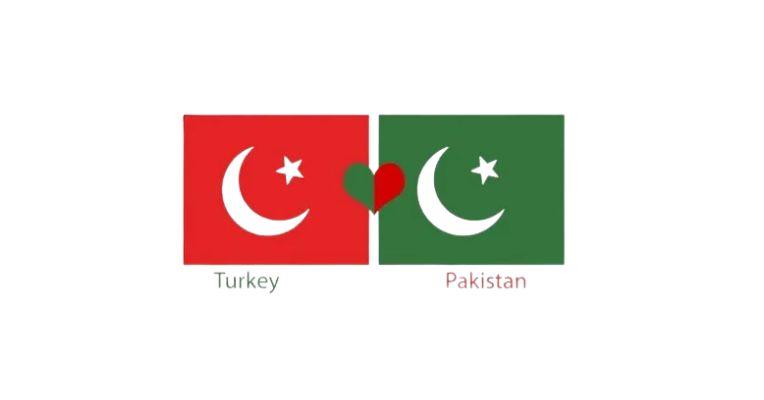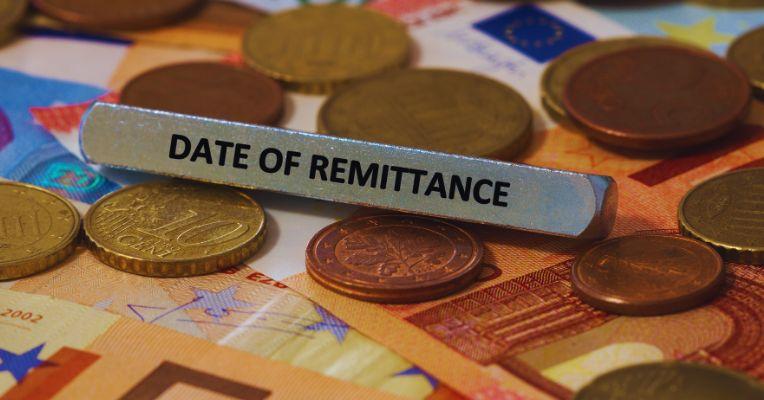The Prime Minister of Pakistan, Shehbaz Sharif, recently praised the World Bank’s launch of a monumental $20 billion Country Partnership Framework (CPF) aimed at addressing Pakistan’s critical economic and development challenges. This ten-year partnership promises to bring transformative changes to the country by focusing on areas such as economic stability, IT-led development, and climate resilience. The initiative is the longest development collaboration between Pakistan and the World Bank, marking a significant step in improving the country’s future prospects.
What is the Country Partnership Framework (CPF)?
The CPF is a strategic collaboration between Pakistan and the World Bank, aimed at supporting the country’s development for the next decade. It is designed to help Pakistan tackle its long-standing issues, including economic instability, unemployment, and environmental challenges. The partnership focuses on six key outcomes, such as reducing child stunting, improving air quality, and fostering cleaner energy transitions. It includes a variety of initiatives to enhance Pakistan’s resilience against climate change and boost the country’s technological and economic progress.
Key Goals of the CPF:
| Goal | Target |
|---|---|
| Reducing child stunting | To improve health and nutrition for children |
| Learning poverty | Enhance education standards and access |
| Climate resilience | Implement measures for climate adaptation |
| Cleaner energy transition | Promote cleaner energy sources |
| Improve air quality | Reduce pollution and improve air standards |
| Economic growth | Promote IT development and employment opportunities |
The Role of the World Bank
World Bank officials, including Country Director Najy Benhassine, have acknowledged the risks involved in this decade-long partnership. Pakistan’s socio-economic and political challenges present significant hurdles. However, the World Bank is committed to taking these risks, with the expectation that the partnership will help Pakistan navigate these difficulties. The World Bank’s involvement aims to bring financial stability, help implement crucial economic reforms, and encourage investments, both local and foreign.
Challenges and Risks:
| Challenge | Impact |
|---|---|
| Political instability | May affect long-term implementation |
| Economic uncertainty | Can slow down or alter progress |
| Infrastructure needs | Significant investment required |
Strategic Areas of Focus
The CPF targets six main areas, aiming to align with Pakistan’s development priorities. These include education reform, climate change mitigation, economic growth, and the promotion of clean energy. Moreover, digital connectivity and financial inclusion will be prioritized as enablers of broader development. The World Bank’s plan also emphasizes the importance of private sector involvement in achieving these goals.
Key Areas of Focus
| Focus Area | Details |
|---|---|
| Education reforms | Address learning poverty and improve access |
| Climate action | Invest in green technologies and sustainable energy |
| Economic growth | Foster private investment and employment |
| Financial inclusion | Improve access to financial services for the public |
| Digital connectivity | Enhance digital infrastructure to aid development |
The Role of Private Investment
In addition to World Bank funding, the CPF aims to attract substantial private sector investment, particularly in areas like climate action, energy, and technology. The collaboration between the World Bank and Pakistan’s private sector is crucial for the framework’s success, as it will help scale up development efforts and address the massive investment needs, estimated at $250-350 billion for climate action alone.
Private Investment Needs:
| Sector | Estimated Investment |
|---|---|
| Climate action | $250-350 billion |
| Renewable energy | Significant funding for solar and wind projects |
| Technology infrastructure | Investment in digital and financial services |
World Bank Commitment to Monitoring and Progress
The CPF’s success will be continuously monitored. There will be a Performance and Learning Review (PLR) in 2030, with adjustments made if needed. This review will assess the progress of each project and help ensure that the goals of the CPF are being met. As the CPF progresses, the World Bank will also ensure that the necessary reforms and course corrections are made to adapt to changing circumstances.
Monitoring and Review
| Review Type | Details |
|---|---|
| Performance and Learning Review | To assess and adjust CPF targets and outcomes |
| Annual monitoring | Regular updates on sectoral and national progress |
A Unified Commitment to Development
Prime Minister Shehbaz Sharif emphasized that the Pakistani government is fully committed to the CPF’s implementation. He called for unity among the country’s politicians, experts, and bureaucrats to achieve the ambitious goals outlined in the framework. The partnership with the World Bank, along with the active participation of private investors, will play a crucial role in transforming Pakistan’s development trajectory over the next decade.
In conclusion, the $20 billion CPF offers a long-term, transformative partnership that can help Pakistan overcome its current challenges while positioning the country for sustainable economic growth and development in the future.





